The Lama Temple in Beijing is a stunning Tibetan Buddhist temple, once the palace of Emperor Yongzheng. Famous for its grand buildings, beautiful statues, and colorful murals, it’s now the largest Tibetan Buddhist site outside Tibet. Visitors come to admire its history, light incense, and pray. A must-see for culture and spirituality lovers!
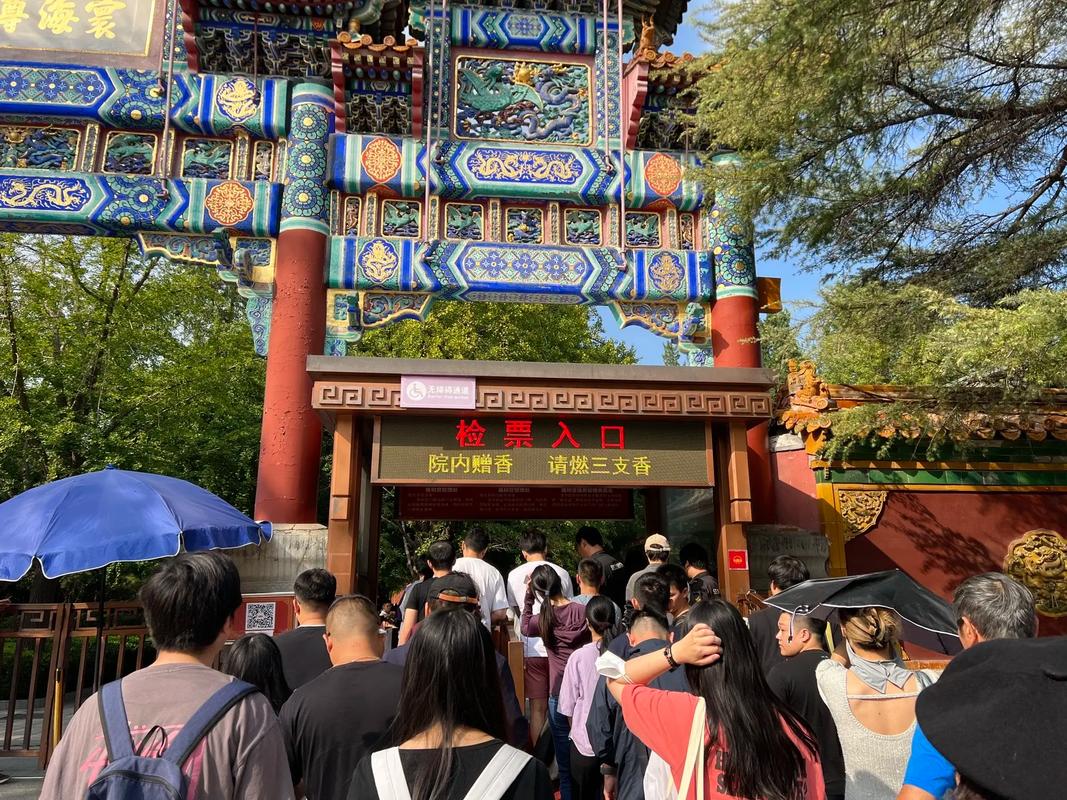
Lama Temple Facts
- Chinese name: 雍和宫
- Name: Lama Temple, Yonghe Lama Temple, Yonghe Lamasery
- Location: 12 Yonghegong Street, Dongcheng District
- Ticket: CNY25. Trip.com Discount
- Opening Hours: 09:00-16:30
- Recommended visit time: 1–2 hours
The History of the Lama Temple
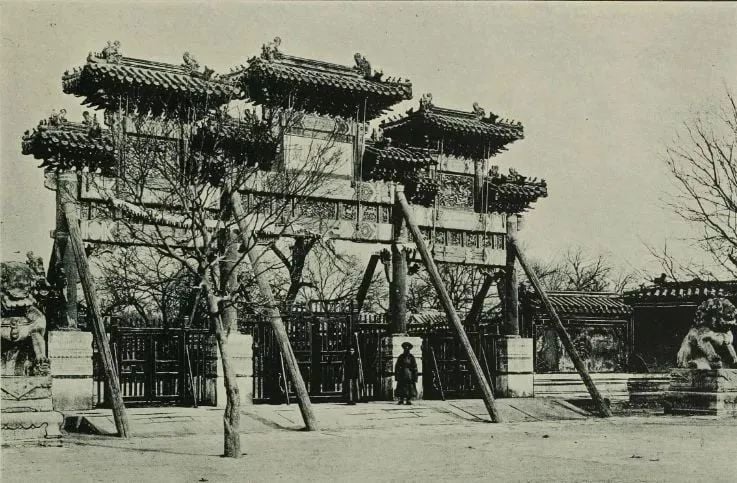
The Lama Temple was first built in 1694 as the residence of Prince Yinzhen, who later became Emperor Yongzheng. As a young prince, he was deeply interested in Tibetan Buddhism.
In 1722, after becoming emperor, Yongzheng turned half of his palace into a Tibetan Buddhist monastery of the Gelug school. The other half later burned down in 1725.
The remaining Buddhist monastery was renamed the “Palace of Eternal Peace” (Yonghe Gong) and served as an imperial palace outside the Forbidden City.
After Yongzheng’s death, his son Emperor Qianlong rebuilt the palace in his father’s memory. In 1744, it officially became a Tibetan Buddhist temple.
The temple soon became the Qing government’s center for managing Tibetan Buddhist affairs across China. It was the most important Buddhist temple in the country during that time.
In 1961, the Chinese government recognized the Lama Temple as one of China’s first “Major Historical and Cultural Protected Sites.” Today, it remains a key center of Tibetan Buddhism outside Tibet.
Architectural Style of the Lama Temple
Covering 66,400 square meters, the temple features a grand layout with three ornate gates and five main halls along a central axis. Key structures include The Hall of the Heavenly Kings, The Hall of Harmony and Peace, Hall of Everlasting Protection, Hall of Wheel of Law, and Pavilion of Ten Thousand Happinesses. The buildings gradually rise in height towards the rear, symbolizing the sacredness of Buddha’s realm.

The temple uniquely blends Han, Tibetan, Manchu and Mongolian architectural styles. Inside, exquisite carvings – especially intricate dragon designs – showcase superb craftsmanship and deep religious meaning. This harmonious mix of different cultural elements creates one of Beijing’s most visually stunning spiritual spaces.
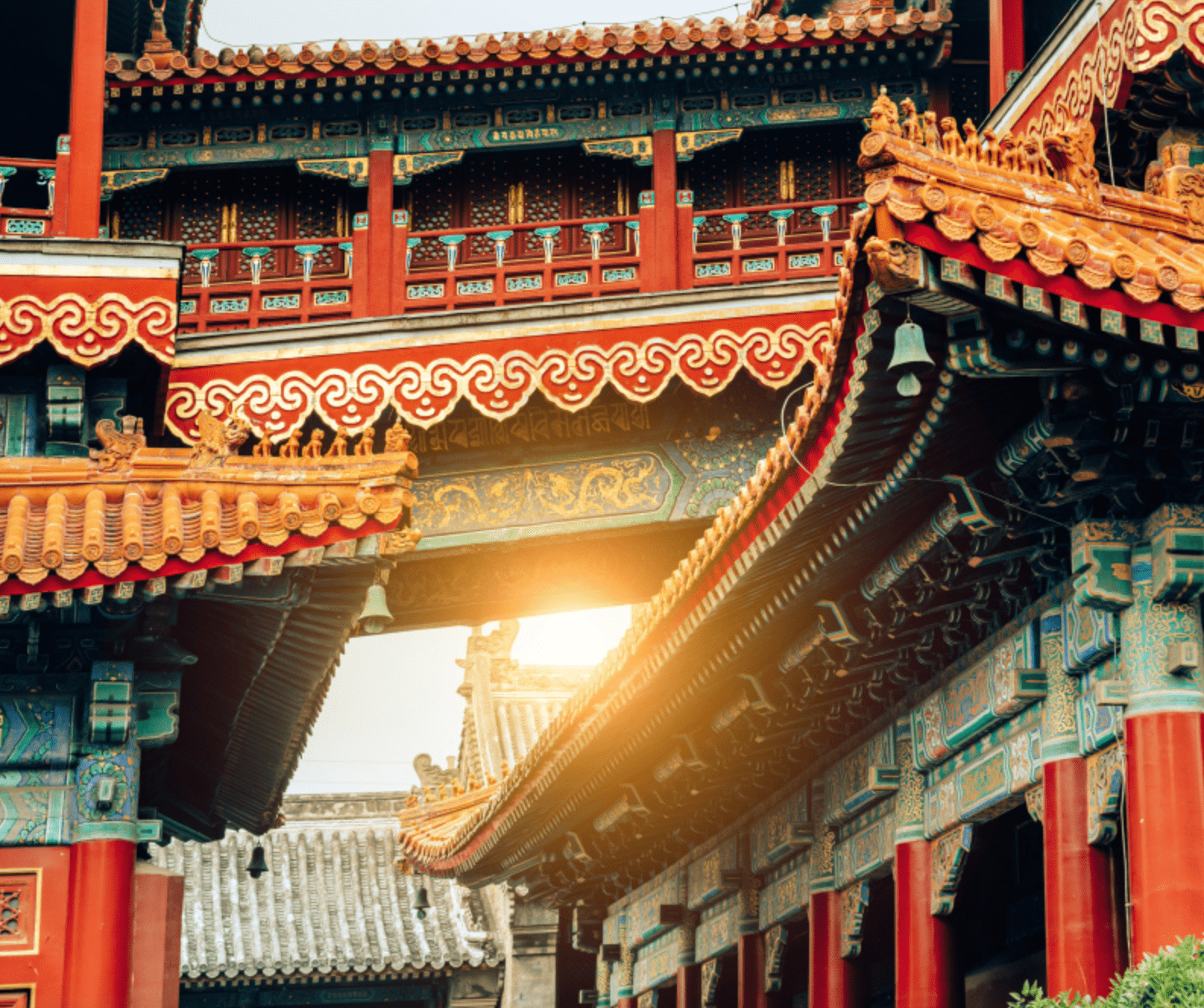
What to See in Lama Temple
The Giant Sandalwood Buddha
The Giant Sandalwood Buddha, also known as the Maitreya Buddha of Yonghe Temple, is a colossal statue of Maitreya carved from a single sandalwood tree, enshrined in the Pavilion of Ten Thousand Happinesses (Wanfu Pavilion). Standing at a total height of 26 meters (18 meters above ground and 8 meters below), it holds the distinction of being the largest surviving single-trunk wooden Buddha sculpture in China and is recognized as one of the “Three Extraordinary Treasures” of Yonghe Temple.

An Arhat Hill containing 500 Arhats
The Five Hundred Arhat Mountain is located behind the statue of Master Tsongkhapa in the Hall of the Wheel of the Law. This exquisite sandalwood sculpture, standing 3.4 meters tall and 3.45 meters wide, is recognized as one of the temple’s “Three Extraordinary Treasures.”
Meticulously carved with superb craftsmanship, it depicts five hundred arhats crafted from gold, silver, copper, iron and tin. Each 10-centimeter arhat displays vibrant colors and lifelike postures, collectively creating a profound artistic masterpiece of Buddhist significance.
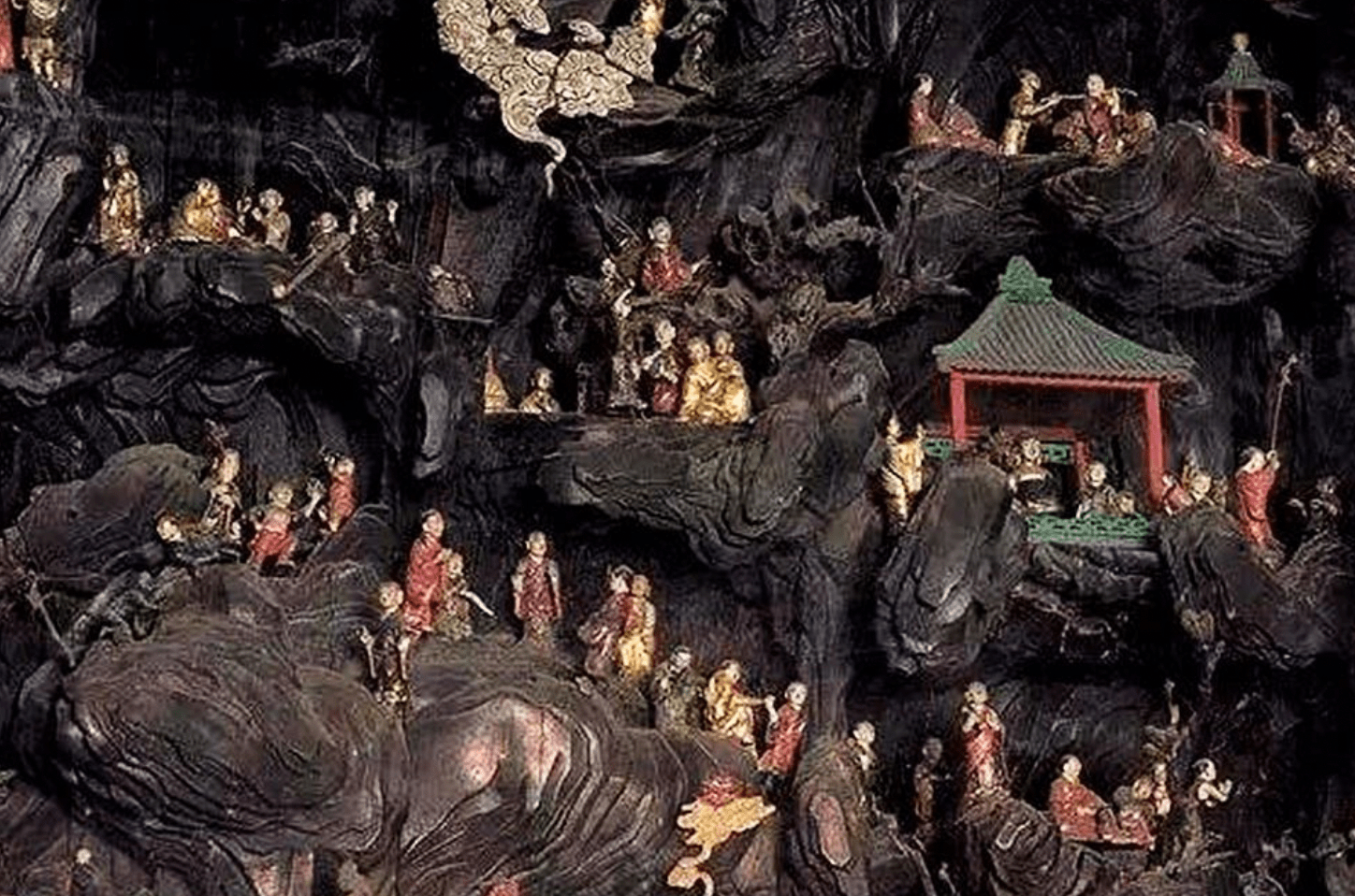
Nanmu Wood Shrine
Housed in the ZhaoFo Building of Wanfu Pavilion’s eastern wing, this magnificent nanmu wood shrine features three tiers of exquisite carvings depicting 99 dynamic dragons amid clouds and waves. At its center rests a precious 2.5-meter Yuan Dynasty bronze Buddha with flowing water-pattern robes, recovered from Shichahai Lake. It stands as one of Yonghe Temple’s “Three Extraordinary Treasures,” representing the pinnacle of Chinese Buddhist artistry.

The Bronze “Mount Sumeru”
In the main courtyard before Yonghegong Hall stands a 1.5-meter bronze representation of Mount Sumeru (“Wonderfully High” in Sanskrit), mounted on an oval white marble pedestal. This sacred mountain from ancient Indian mythology, believed to be the cosmic center of the world, symbolizes the Buddhist universe in the temple’s spiritual landscape.

Thangkas
Yonghe Temple preserves over 1,500 exquisite thangkas (Buddhist scroll paintings), divided into two main categories: those displayed for worship and those kept in the temple’s collection. The exhibited thangkas are carefully arranged throughout the main halls and specialized chapels, each selected to complement the central Buddha statue of that particular space. Through their vibrant colors and intricate details, these thangkas expand the spiritual imagination of worshippers, adding depth and radiance to the three-dimensional Buddhist world they adorn. The collection represents a magnificent fusion of religious significance and artistic achievement in Tibetan Buddhist culture.
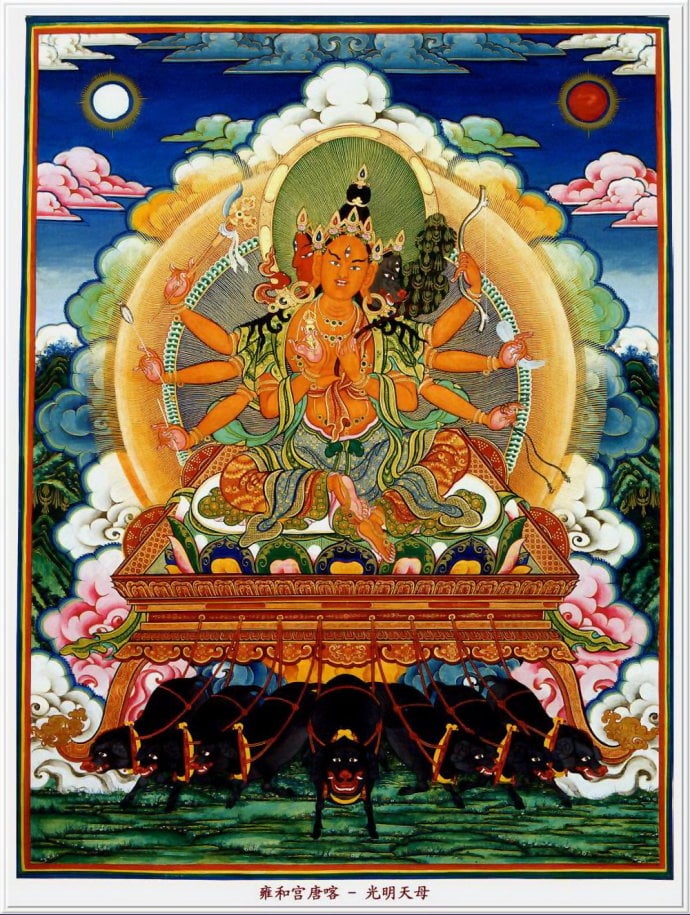

Recommended Tour Routes
Route 1: Blessing Pilgrimage (1.5 hours)
South Gate → Incense Collection → Hall of Heavenly Kings (for peace) → Yonghegong Hall (for prosperity) → Yongyou Hall (for dispelling misfortune) → Falun Hall (for career) → Wanfuge Pavilion (for luck) → Suicheng Hall (for auspiciousness)
Route 2: Cultural Immersion Tour (3-4 hours)
Zhaotai Gate → Bell & Drum Towers → Esoteric Buddhism Hall (Thangka Exhibition) → The Bronze “Mount Sumeru” → Jietai Building (Qianlong Emperor’s Ordination Platform) → Wanfuge Pavilion → Western Hall (Consecration Ceremonies) → Exit via North Gate
Tips: After visiting Yonghe Temple, head to nearby Gui Street for delicious local eats – from classic Beijing snacks to popular spicy dishes, all in one lively food lane.
Things Not to Do in the Lama Temple
- Avoid wearing shorts, sleeveless tops, or revealing clothing. Dress modestly with long pants and covered shoulders to show respect.
- Never light more than three incense sticks at once. Only place them in designated burners at each hall entrance.
- Don’t take photos where prohibited (especially in main halls). Never use flash, and always check for signage first.
- Never touch statues, offerings, or any religious objects as they hold sacred significance.
- Keep quiet—no loud talking, laughing, or running. Maintain a peaceful atmosphere for worshippers.
- Remove hats and sunglasses when entering main halls. Always behave respectfully.
Lama Temple: Visiting Hours and Entrance Fees
Book Your Ticket Now| Ticket Price | CNY 25; Free for children under 6 years old or no taller than 1.2 meters (3.9 feet). |
| Opening Hours | Apr. – Oct.: 09:00 to 17:00 Nov. – Mar.: 09:00 to 16:30 |
How to Get to Yonghe Temple
By Metro
Take Metro Line 2 or Line 5, get off at Lama Temple Station, and exit from Exit F to reach Lama Temple.
By Bus
- Take bus 13, 116, 117 or 84 and get off at Yonghegong Station.
- Take bus 13, 18, 44, 75, 84, 116, 130, 142 or 200 and get off at Yonghegong Qiao Dong Station.
What to Do Around the Lama Temple
- Guozijian: China’s only surviving imperial academy complex, the highest educational institution of the Yuan, Ming and Qing dynasties, standing just across the street from Yonghe Temple, forming the traditional “Temple to the Left, Academy to the Right” cultural layout.
- Confucius Temple: This ancient worship complex, dedicated to the Great Sage, features well-preserved traditional architecture, towering 700-year-old cypresses, and 198 stone steles inscribed with the names of imperial examination scholars – a timeless testament to China’s Confucian heritage.
- Ditan Park: One of Beijing’s five ancient imperial altars, this Ming-Qing dynasty ceremonial ground for Earth God worship now serves as a serene public park shaded by 400-year-old cypress trees, where history harmonizes with modern leisure.